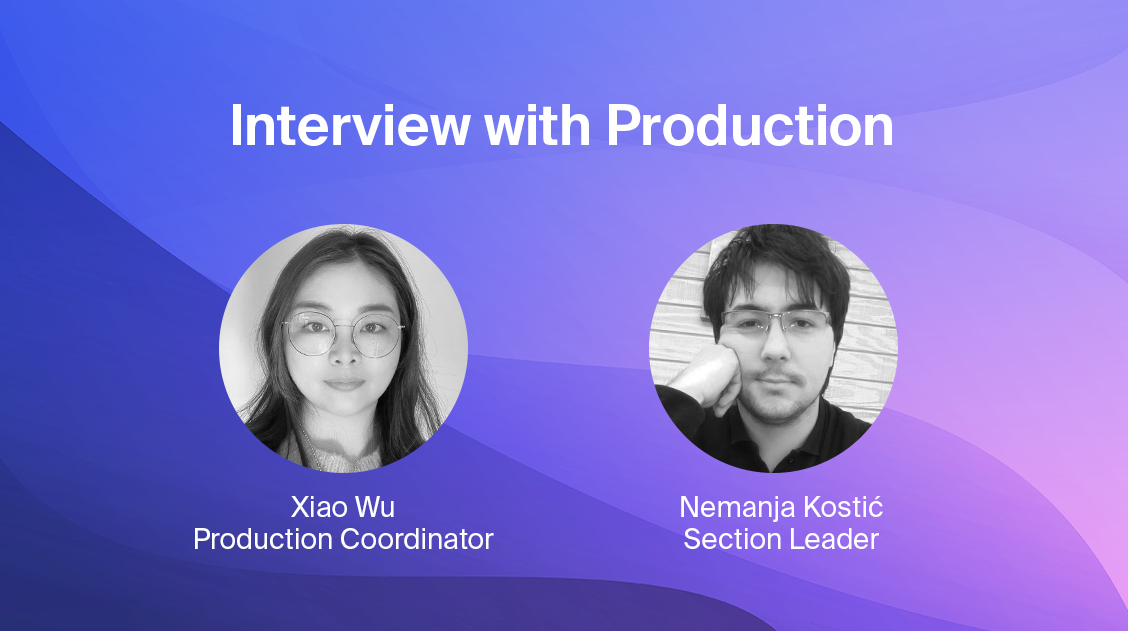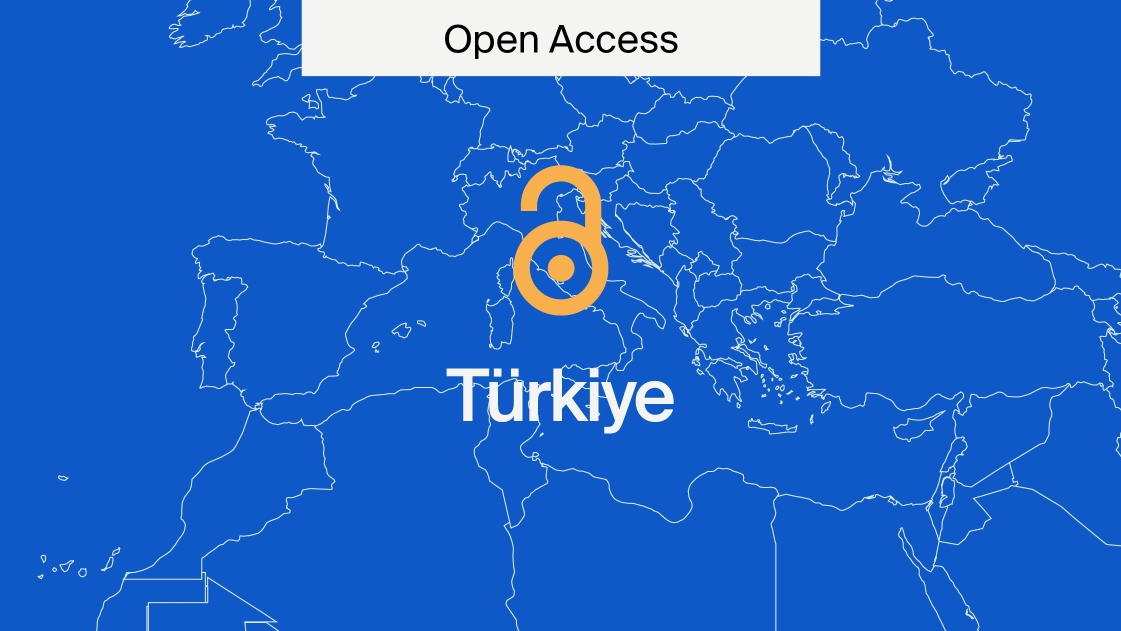
Meet the Production Team: Interview
Last week, we wrote a post about our dedicated production team and all the wonderful work that they do. This week, we interviewed two production team members to learn more about their roles. Nemanja Kostić the section leader of the production team in Belgrade and Xiao Wu, a production coordinator in China.
Interview

Today we had the opportunity to sit down with production team members from different MDPI offices, to get their perspective of their job roles and the other crucial work that the production team do.
How long have you been with MDPI for? And where did you start out with MDPI?
Nemanja Kostić: I’ve been an employee of MDPI for a little over 5 years. I started as a trainee in the Production Department at its inception in Belgrade in 2017. Afterwards, I was promoted to deputy team lead, team lead, then deputy section leader and finally section leader of production in Belgrade.
Xiao Wu: My group celebrated my 5th anniversary of joining MDPI this July. I started as a conversion editor, responsible for converting manuscripts to XML files. I then learnt other skills including LaTeX Layout and Chicago Conversion. At MDPI, I have always been in a state of continuous learning, and colleagues are very willing to share. I like this cultural atmosphere and am grateful for my position within the team. I am currently working as a production coordinator, I am responsible for all of the production department’s projects. This includes the optimization of internal tools used by the production editors. Also the development of new functions, as well as external assistance for the production department.
What is the process for becoming a production team member?
NK: Prior to signing a contract with the future member, we have a 3-round selection process which is similar to the one in the editorial department. One of the rounds is called “pre-job training” which offers an insight into a few of the tasks that potential employees will have daily.
Once we select candidates that fit this position the best. They have a 6-month probation period, which is divided into two equal parts. This includes layout training, where an employee is trained to do copy-editing and type settings. It also includes XML training, where the employee learns how to create digital formats of Word/LaTeX manuscripts.
In the first 6 months, employees will have the support of their tutor and leader to meet adequate targets and quality requirements which will lead to their new contract and, later on, more advanced roles and tasks.
Roughly many production members are there on the production team?
NK: Currently, the whole production department has 1264 editors. In Serbia, we have 172 employees in two cities (Belgrade and Novi Sad, with the majority of employees based in Belgrade).
How is the production department managed?
NK: Production has director Mr. Howland Wu who in charge of the whole department, while deputy directors and overseas coordinators assist him to make sure everything runs smoothly. The department itself is divided into 10 Sections (one of which is Section PBG in Serbia), and each of those sections is then further divided into smaller groups of around 20 team members, and in Serbia, we have 9 groups (or as we call them here—teams).
XW: The production department helps deal with the layout to the publication of every article, we have many divisions to handle different production processes. Moreover, we use some intelligent tools to help process manuscripts more efficiently, as well as find and solve problems more accurately.
The production process can feel like an anonymous service, are there any misconceptions you would like to clear up about this process?
NK: Well, to my knowledge, production in MDPI functions differently than in some other publishing houses. Because most of the technical work for each manuscript is not outsourced but is instead done in-house. In general, retrospective, offers great advantages, especially when it comes to the communication with assistant editors since we can apply the changes and do all the necessary corrections in a relatively short period of time, as well as with regards to, in turn, our availability for the assistant editors.
XW: I understand how the production process may seem anonymous. However, because the assistant editors have direct contact with the author through most of the process, any issues or problems are usually identified before the production process. And if any new issues or problems are identified production editors can easily contact the assistant editors during the production process. Limiting author contact to just assistant editors prevents unnecessary constant emails to the author.
Final thoughts
There are many faces that make up the production team. Today we introduced you to two important members. This post demonstrates the importance of the structure of the production team and the value of each member to the team. If you’re considering publishing with us, we recommend you read our authors guide to submission for other helpful tips!










